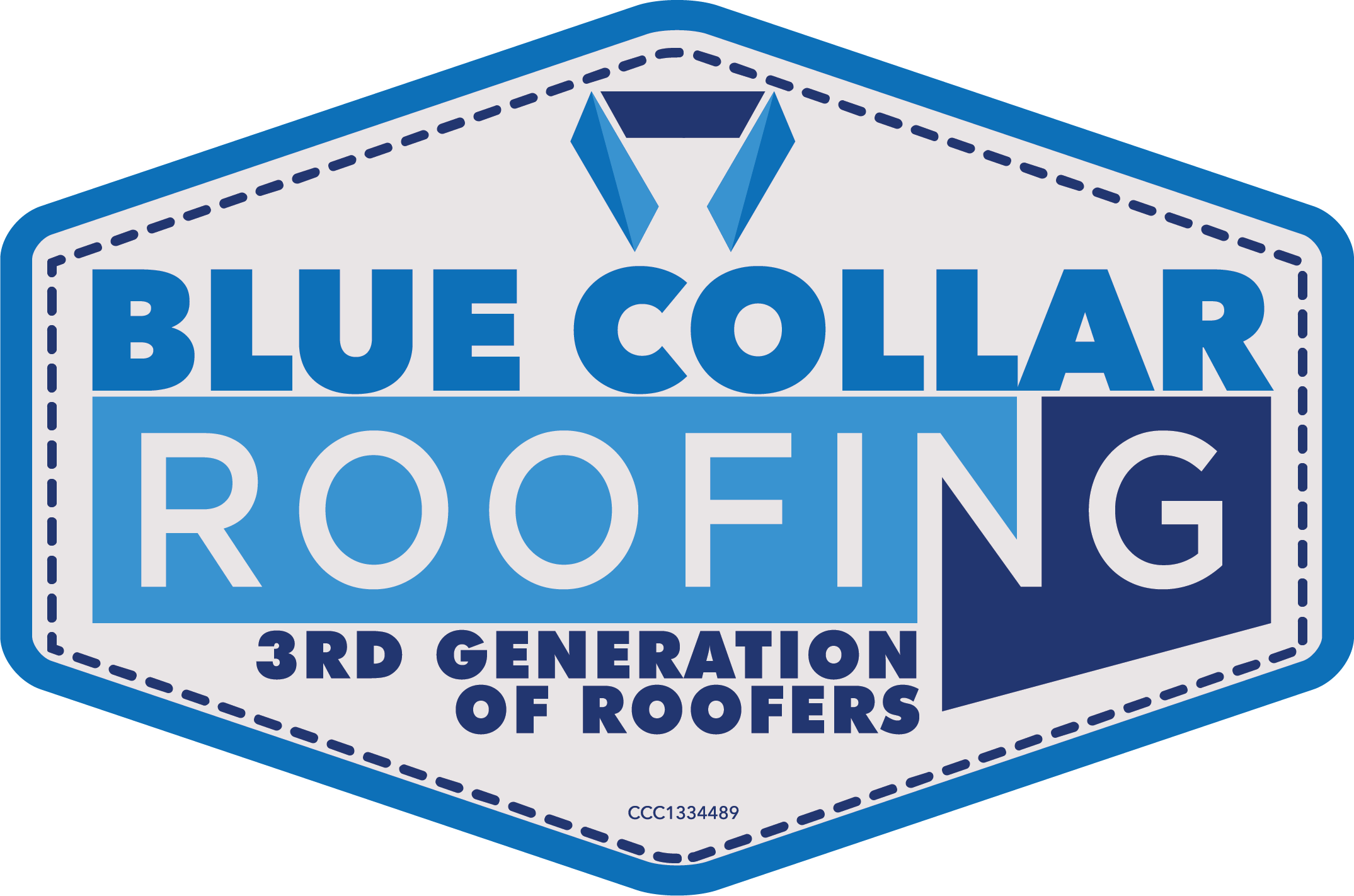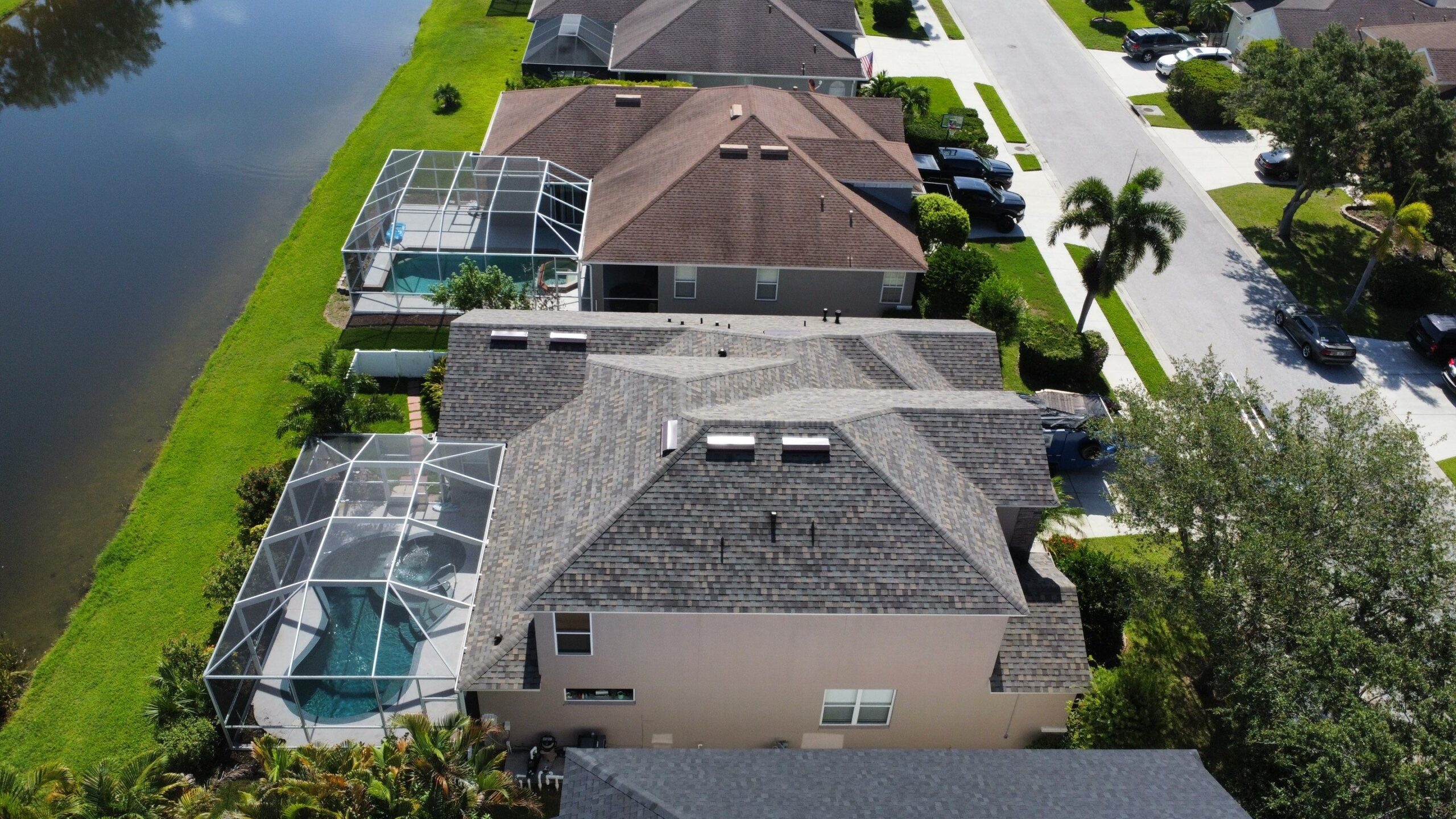Choosing the right roofing material for your home in Sarasota can be a daunting task. With a variety of options available, it’s important to make an informed decision that meets your specific needs. Sarasota’s climate, characterized by high humidity, strong sunlight, and occasional storms, plays a significant role in determining which roofing materials are best suited for local homes.
Selecting the appropriate roofing material can provide long-term benefits, including enhanced durability, energy efficiency, and cost-effectiveness. Each roofing material comes with its own set of advantages and disadvantages, so understanding these factors is essential for making the right choice. Additionally, considering the environmental impact of your roofing choice can contribute to a more sustainable and eco-friendly home.
Let’s explore the various factors that should influence your decision when choosing roofing materials for homes. From understanding the impact of the local climate to examining popular roofing options and comparing their costs and lifespans, we’ll give you the insights needed to make a well-informed choice for your roofing needs.
Whether you’re planning a roof replacement or building a new home, these guidelines will help you find the best roofing material for your Sarasota residence.
Understanding the Climate and Its Impact on Roofing Materials
Sarasota’s unique climate significantly influences the choice of roofing materials for homes. The area experiences high humidity, intense sunlight, and exposure to tropical storms. These conditions require roofing materials that can withstand moisture, heat, and high winds. Understanding how these climate factors impact different roofing materials can help you make an informed decision.
High humidity can lead to issues like mold, mildew, and rot if the roofing material doesn’t have good moisture resistance. Therefore, materials like metal, tile, and synthetic shingles that offer superior resistance to moisture are excellent choices. These materials are less likely to absorb water and degrade over time, making them ideal for Sarasota’s humid environment.
The intense Florida sun can also cause damage to roofing materials through UV radiation. Materials like asphalt shingles may degrade faster due to prolonged sun exposure. On the other hand, materials like clay and concrete tiles, as well as metal roofs, offer better UV resistance and retain their integrity for a longer period. Choosing roofing materials that can handle these climate conditions will ensure the longevity and durability of your roof.
Popular Roofing Materials for Homes in Sarasota
Several roofing materials are particularly well-suited for homes in Sarasota. Here are some popular options:
1. Metal Roofing: Metal roofs are a great choice for the Sarasota climate. They are highly durable, resistant to moisture, and excellent at reflecting heat. This helps in keeping your home cool during hot months. Metal roofs also have a long lifespan, often lasting 50 years or more.
2. Clay and Concrete Tiles: These materials are commonly used in Florida because of their durability and resistance to heat. Clay and concrete tiles can withstand high winds and heavy rain, making them a reliable option during tropical storms. They also provide excellent insulation, which is beneficial for energy efficiency.
3. Asphalt Shingles: While not as durable as metal or tile, asphalt shingles are a cost-effective option. They offer decent weather resistance and are available in various styles and colors. Modern asphalt shingles are designed to resist UV damage, but they may still have a shorter lifespan compared to other materials.
4. Synthetic Roofing Materials: Synthetic options, such as synthetic slate and rubber, are gaining popularity. These materials mimic the appearance of natural materials but offer better durability and lower maintenance. They are resistant to cracking, fading, and rotting, making them suitable for the Sarasota climate.
Each of these materials has its own set of advantages and can cater to different needs and budgets. Carefully considering these options will help you choose the best roofing material for your home.
Comparing Costs and Lifespans of Different Roofing Materials
When selecting roofing material, it’s important to compare the costs and lifespans of different options. This helps you make an informed decision that fits your budget while ensuring longevity.
1. Metal Roofing
- Cost: Metal roofs are generally more expensive than other materials, with prices ranging from $7 to $12 per square foot installed.
- Lifespan: Metal roofs have a long lifespan, typically lasting between 40 to 70 years, making them a cost-effective choice in the long run.
2. Clay and Concrete Tiles
- Cost: These materials can be costly, with clay tiles ranging from $10 to $18 per square foot and concrete tiles from $9 to $16 per square foot installed.
- Lifespan: Both clay and concrete tiles are extremely durable, often lasting 50 years or more with proper maintenance.
3. Asphalt Shingles
- Cost: Asphalt shingles are the most budget-friendly option, generally costing $3 to $5 per square foot installed.
- Lifespan: While they are affordable, asphalt shingles have a shorter lifespan of about 15 to 30 years, depending on the quality and maintenance.
4. Synthetic Roofing Materials
- Cost: Synthetic options vary in price, typically ranging from $7 to $13 per square foot installed.
- Lifespan: These materials usually last between 30 to 50 years, offering a balance between cost and durability.
By comparing these costs and lifespans, you can determine which material provides the best value for your specific needs and budget.
Environmental Considerations and Sustainable Options
Sustainable roofing options are becoming increasingly popular as homeowners seek to minimize their environmental impact. Choosing eco-friendly materials and practices can contribute to a healthier planet while also offering practical benefits for your home.
1. Recyclable Materials:
- Metal Roofing: Metal roofs are highly recyclable at the end of their lifespan, reducing waste.
- Synthetic Materials: Many synthetic roofing products are made from recycled materials, making them an environmentally friendly choice.
2. Energy Efficiency:
- Cool Roofs: Materials like metal and certain types of tiles can be coated to reflect more sunlight, reducing heat absorption and lowering cooling costs. This improves energy efficiency and contributes to a reduced carbon footprint.
3. Green Roofing:
- Green Roofs: While less common in residential homes, green roofs are a sustainable option involving growing vegetation. These roofs provide natural insulation, reduce stormwater runoff, and contribute to urban biodiversity.
4. Durability and Maintenance:
- Long-lasting Materials: Choosing materials with longer lifespans reduces the frequency of roof replacements, which in turn reduces waste and resource consumption.
By considering these environmental factors, you can select a roofing material that meets your needs and supports sustainable living.
The Best Roofing Materials for Sarasota’s Climate
Selecting the best roofing material for your home involves evaluating several factors, from understanding the local climate to comparing costs and lifespans, and considering environmental impact. Metal roofing, clay and concrete tiles, asphalt shingles, and synthetic materials each offer unique advantages that cater to different needs and budgets.
Making an informed decision about your roofing material can enhance the durability, energy efficiency, and sustainability of your home. As we continue to prioritize eco-friendly options and advanced materials, we can create homes that are more resilient and more in harmony with our environment.
If you’re ready to upgrade your residential roofing system in Sarasota, contact Blue Collar Roofing for expert advice and professional services. Our team is here to help you choose and install the best roofing material for your home!

